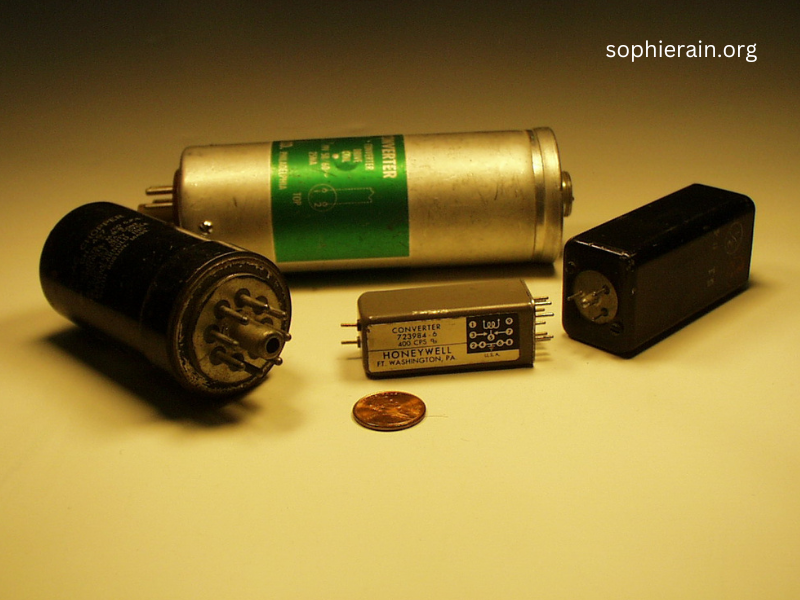Plasma technology has become a powerful tool across various commercial products, sparking curiosity about where it is most commonly applied. From consumer electronics like televisions to essential kitchen devices such as microwave ovens, plasma technology’s unique characteristics lend benefits that make certain products stand out in the market. But what is plasma technology, and why is it not found in radios or race cars? This article explores the role of plasma technology in commercial products, focusing on devices where it is commonly applied, such as televisions and microwave ovens. We will also explore why plasma technology is not as relevant in products like radios and race cars.
Understanding Plasma Technology
To appreciate its applications in commercial products, let’s start with a basic understanding of plasma technology. Plasma is often called the fourth state of matter, following solid, liquid, and gas. When a gas is energized, it becomes ionized, resulting in a state where electrons are free to move independently. This ionized gas, or plasma, has unique properties, such as the ability to conduct electricity and respond to magnetic fields.
Due to its properties, plasma technology is used across industries. In consumer electronics, it is particularly popular because of its capability to produce high-quality images and transfer energy efficiently. Let’s dive deeper into some well-known products that leverage this technology, especially televisions and microwave ovens, and understand why products like radios and race cars don’t commonly use plasma.
Plasma Technology in Televisions
One of the most well-known applications of plasma technology is in plasma televisions. The unique properties of plasma allow for the creation of bright, sharp images, making plasma TVs a popular choice among consumers before the arrival of LED and OLED technologies. Plasma technology in televisions involves thousands of small cells containing neon and xenon gases. When electric currents stimulate these gases, they emit ultraviolet light. This light interacts with phosphor material in each cell, producing visible light and creating the images seen on the screen.
Key Features of Plasma Televisions
- Superior Color Quality: Plasma technology enables a wide color gamut, resulting in vivid colors that were once preferred over early LED screens. This quality makes plasma televisions excellent for high-definition video.
- Wide Viewing Angles: Plasma screens provide excellent viewing angles, maintaining image clarity and color from various directions. This feature made them ideal for large rooms or gatherings, where viewers might be seated in different locations.
- High Contrast Ratios: Plasma technology in televisions allows for deep blacks and high contrast, crucial for image quality and immersion, especially in darker scenes.
- Minimal Motion Blur: Plasma TVs reduce motion blur, making them suitable for fast-paced content like sports and action movies.
Why Plasma Televisions Became Less Common
Despite their popularity, plasma televisions eventually lost ground to LCD and LED technologies due to energy efficiency concerns, screen burn-in issues, and the decline in production costs of newer display types. Nevertheless, plasma televisions were groundbreaking, demonstrating the power of plasma technology in commercial consumer electronics.
Microwave Ovens and Plasma Technology
Microwave ovens are another commercial product that leverages plasma technology. Though plasma isn’t as visibly present in microwave ovens as in televisions, it plays a vital role in the device’s efficiency and effectiveness. In microwave ovens, plasma is used in magnetrons—components responsible for generating the microwaves that heat food. The magnetron uses a high-voltage electric current to create a plasma field, which in turn produces microwave radiation. These microwaves agitate water molecules in food, creating heat and cooking the food efficiently.
Benefits of Plasma in Microwave Ovens
- Efficient Heating: Plasma technology in the magnetron helps to produce consistent microwave energy, which results in even heating of food items.
- Energy Transfer: The plasma within the magnetron enables efficient energy transfer, making microwave ovens both powerful and energy-efficient for cooking tasks.
- Compact and Reliable: Plasma technology has made it possible for microwave ovens to remain compact and reliable, even as they deliver powerful heating functions.
While plasma technology in microwave ovens is less visible than in televisions, it is equally essential. Microwave ovens would not operate as effectively without plasma technology in their magnetrons, highlighting plasma’s adaptability across different applications.
Why Plasma Technology is Not Used in Radios
When exploring the use of plasma technology, radios stand out as devices that do not require plasma. Radios rely on traditional electrical and electromagnetic systems to receive and transmit signals, which do not require the unique properties of plasma. Here’s why plasma technology doesn’t find application in radios:
- Signal Processing: Radios primarily depend on radio frequency (RF) signals to transmit audio content. Unlike televisions or microwave ovens, radios don’t need the high-energy output plasma can provide.
- No Display Requirement: Unlike televisions, radios do not require a screen to display images. Plasma technology is therefore unnecessary, as the core function of a radio is audio transmission.
- Simplicity and Cost: Radios are designed to be simple, cost-effective devices for audio-only applications. Adding plasma technology would increase complexity and cost without enhancing the product’s functionality.
Radios are efficient in their design, and the energy-intensive nature of plasma technology does not add any significant value to their operation. Hence, radios are a clear example of a commercial technology where plasma is unnecessary.
The Role of Plasma in Race Cars: Limited Application
Race cars are another field where plasma technology is notably absent. Although race cars are engineered for high performance, the core components and technology do not typically benefit from plasma’s unique properties. Plasma’s application in automotive technology is minimal, and here’s why:
- Mechanical Engineering Focus: Race cars are built with a primary focus on mechanical engineering to enhance speed, aerodynamics, and structural integrity. Plasma does not play a role in these mechanical aspects.
- Temperature Control and Safety: Plasma technology produces high temperatures, which could pose risks in the confined spaces of a race car. Integrating plasma could compromise safety and stability, which are critical in high-speed vehicles.
- Cost-Effectiveness: Plasma technology would add unnecessary expense and complexity to race cars without enhancing their primary performance functions.
While plasma could be used for specific manufacturing processes, such as plasma cutting or coating, it is not a core component in the operation or performance of race cars. Therefore, race cars remain an area where plasma technology is not commonly used.
Future Potential of Plasma Technology in Consumer Products
As plasma technology advances, it has the potential to enter new areas in consumer products beyond televisions and microwave ovens. Here are some potential future applications for plasma technology:
- Medical Equipment: Plasma technology is being explored for sterilization and cleaning applications in medical equipment, where its ability to neutralize bacteria and pathogens could revolutionize healthcare tools.
- Environmental Cleaning Devices: Plasma-based air purifiers are becoming popular for their ability to remove pollutants, allergens, and harmful particles from the air, potentially making them a household staple.
- Automotive Coatings: While not in race cars’ internal systems, plasma technology could play a larger role in the automotive industry through durable and protective coatings, enhancing vehicle longevity and performance.
- Water Treatment Systems: Plasma is also being tested for its ability to treat and purify water, with potential future applications in residential and commercial water treatment systems.
Plasma technology’s adaptability and potential for innovation suggest that it may find increasing use in a variety of commercial products, expanding beyond traditional electronics.
Conclusion
Plasma technology has made a lasting impact on several commercial products, particularly in consumer electronics like televisions and appliances such as microwave ovens. Plasma’s unique properties make it a valuable tool for applications requiring efficient energy transfer, bright displays, and even heating. However, products such as radios and race cars do not incorporate plasma technology, as it does not add value to their core functions.
As technology evolves, plasma may find applications in new areas, from medical sterilization to environmental cleaning. For now, plasma technology remains central to devices like plasma TVs and microwave ovens, demonstrating how targeted applications of plasma can enhance product performance and efficiency.
Understanding the commercial applications of plasma helps consumers appreciate the technology behind everyday products, as well as its potential future in diverse industries.






